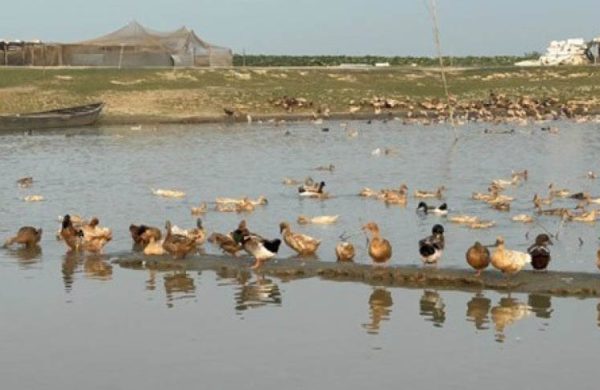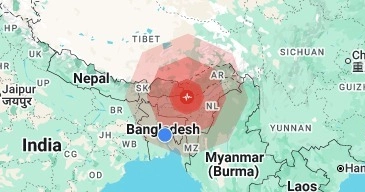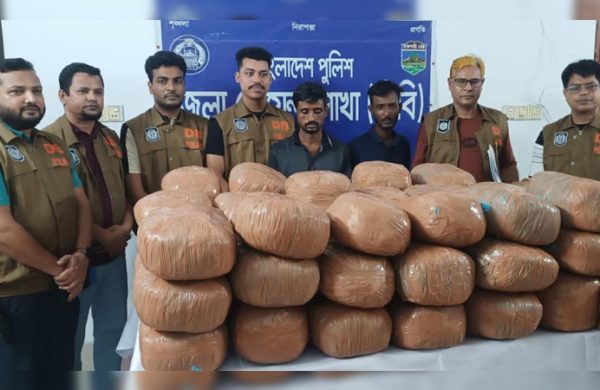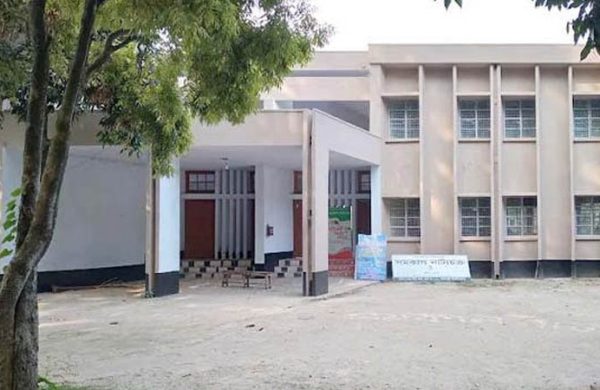Bumper maize harvest brings cheer to Sirajganj’s char farmers
- Update Time : Wednesday, April 23, 2025
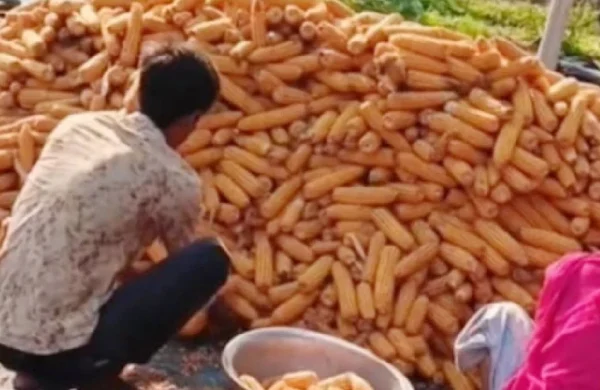
Staff Correspondent:
A golden wave is sweeping through the vast riverine char lands of Sirajganj, where farmers are reaping the benefits of a bumper maize harvest this season.
With favourable weather, rising demand, and lucrative prices, maize cultivation has emerged as a winning choice for growers across the district.
Harvesting and threshing are currently in full swing, transforming the fields into bustling hubs of agricultural activity.
Farmers say the crop has not only yielded well but also required less investment and labour compared to traditional paddy, making it increasingly popular in recent times.
According to the Department of Agricultural Extension (DAE), maize was cultivated on nearly 15,000 hectares of land this season—significantly exceeding the initial target.
The bulk of the cultivation has taken place in the upazilas of Tarash, Ullapara, Raiganj, Chowhali, Kamarkhand, Kazipur, and Sadar.
“After harvesting Aman paddy, the land remains idle for a while. That’s when we sow maize—it’s affordable, easy to manage, and fills the gap efficiently,” said Abul Kalam Azad, a farmer from Sadar Upazila.
“It doesn’t require continuous monitoring. We just sow the seeds in rows and wait for nature to do the rest,” he said.
Local growers note that maize farming is less labour-intensive and more cost-effective than rice, prompting a growing shift among small and marginal farmers.
Another farmer Suruj Mia from the same upazila explained that each bigha of land is producing around 35 to 40 maunds of maize this year, with prices ranging between Tk 900 and Tk 1,000 per maund—offering handsome returns.
Many farmers have already sold their standing crops to local traders in advance, while others are waiting for further price hikes.
The golden maize cobs, still swaying in many fields, are fetching premium prices as demand soars from both local markets and commercial buyers.
Beyond the grain itself, the byproducts—such as stalks, husks, and leaves—are also proving valuable.
Farmers are using them as cattle feed and fuel, further boosting the crop’s appeal. “Nothing go waste,” mentioned Suruj Mia.
AJM Ahsan Shahid Sarkar, Deputy Director of the DAE in Sirajganj, that the government distributed seeds and fertilisers l to marginal farmers to support maize cultivation.
“We saw cultivation expand beyond the expected area due to the profitability,” he said.”
“Our field officers also provided technical support and training on modern farming techniques,” Sarkar added.
He attributed the bumper yield to timely sowing, improved farming practices, and favourable weather conditions throughout the growing season.
As the golden ears of maize are gathered under clear blue skies, the district’s farmers are not only securing good returns but also gaining confidence in a crop that promises sustainability, profit and hope.


